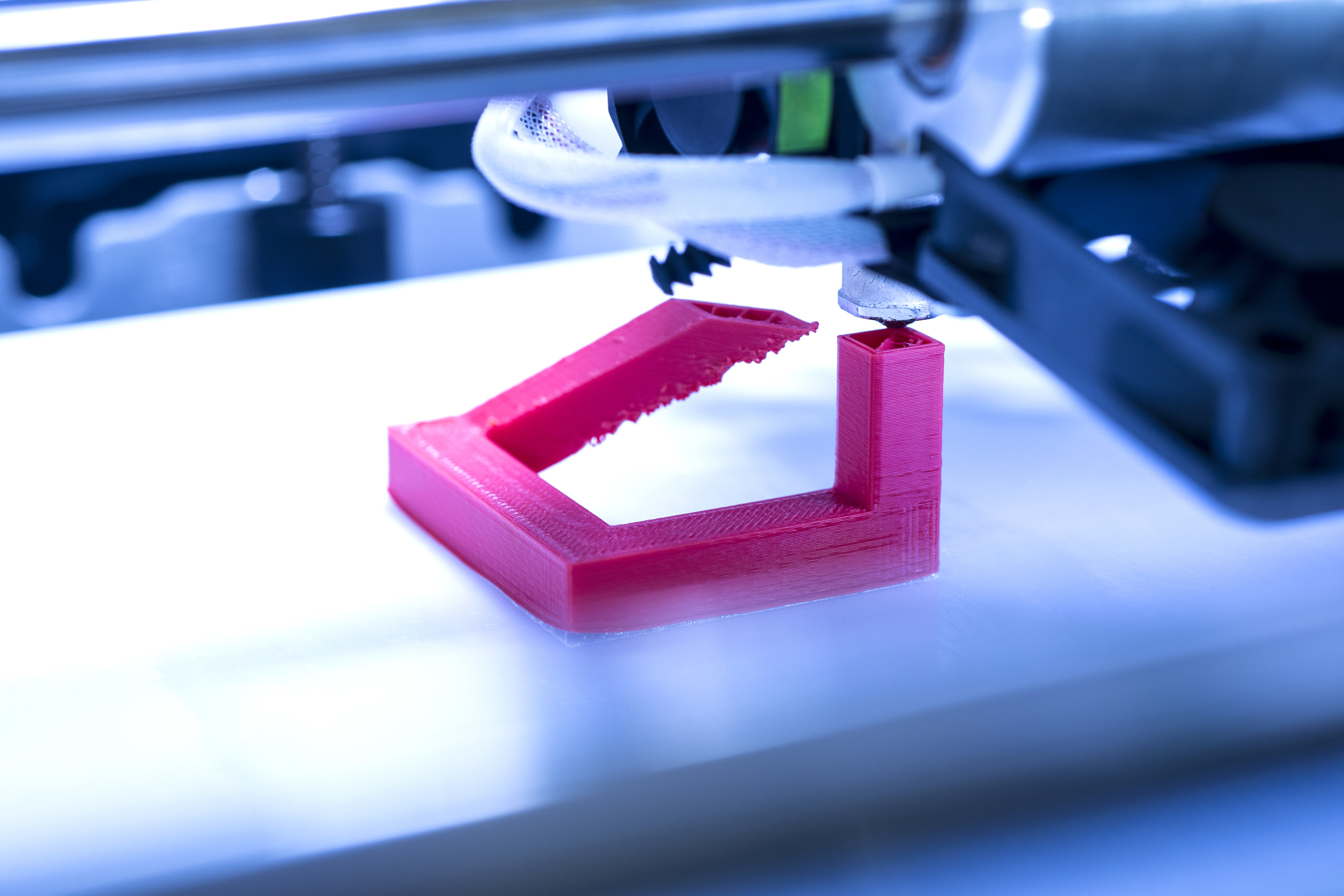
Scholars contemplate the health and safety risks of home manufacturing.
President Obama once said “3D printing … has the potential to revolutionize the way we make almost everything.” Amos Dudley, a senior at the New Jersey Institute of Technology, is living proof of that statement. When his dentist told him he needed braces, Dudley decided against paying thousands of dollars. Instead, he opted to use his university’s 3D printer to make his own braces for a fraction of the cost.
Although some people celebrate the benefits of 3D printers—the name for machines that create three-dimensional objects from a digital blueprint—some scholars are concerned about their social costs. In a recent paper, Associate Professor Elizabeth J. Kennedy and Professor Andrea Giampetro-Meyer of Loyola University-Maryland argue that as more people begin to use 3D printers to produce goods in home-based factories, violations of wage and hour laws, child labor laws, and workplace safety laws will increase.
Kennedy and Giampetro-Meyer use the term “home-based factories” to describe operations where people use their homes, or a similar non-industrial setting, to manufacturer products for sale. These operations can rely on a 3D printer or other technology to create the products. Home-based factories may include small artisan-run operations that sell handicrafts directly to consumers through online platforms like Etsy. Or they can be larger-scale operations that collaborate or subcontract with international corporations to produce products to be sold in chain retail stores.
Home-based factories provide incomes to the owners and workers, but they also present risks to those involved in the process. Fundamentally, 3D printing requires the use of toxic chemicals, and the printing process emits ultra-fine particles that, if inhaled, could lead to heath problems such as stroke, asthma, and even death. These health risks do not just affect home-based factory workers—they could affect everyone living in the home, including young children.
Aside from the health risks, the authors imagine scenarios where home-based factory operators could violate domestic and international child labor laws by using their own young children to assist with the manufacturing process. As these home-based factories grow and hire employees, it will become difficult to monitor compliance with wage and hour laws.
In response to these potential problems, Kennedy and Giampetro-Meyer explore different ways to prevent 3D printing and home-based factories from creating “a new generation of home-based sweatshops.” They respond to one proposal that would have government regulators increase enforcement of current laws in the home manufacturing space. However, before applying current regulations to home-based factories, Kennedy and Giampetro-Meyer believe clarification and changes are necessary. For example, child labor laws prevent children under 18 years old from working “hazardous jobs,” but labor laws also allow children to work for their parents’ businesses at any age. The authors argue that government agencies first need to decide if home-based manufacturing is considered hazardous work and if parents should be prohibited from relying on help from their young children.
Kennedy and Giampetro-Meyer also believe enforcing laws that aim to reduce workplace hazards will be difficult. Currently, some federal laws that promote workplace safety only protect workers while they are working for a wage, and the laws only cover illnesses or injuries directly related to the work. These requirements raise questions about when and how workplace safety laws would apply inside the home.
In addition to government regulators, the authors believe non-governmental organizations (NGOs) can play a role in reducing the potential harms caused by home-based factories. They suggest that NGOs could establish industry standards and individual home manufacturers could voluntarily adopt them. These standards could be formal and widely circulated by NGOs. Alternatively, the standards could be more informal, relying less on NGOs, and more on internal audits of home-based factory working conditions. These audits would in turn be shared with the wider community through social media platforms.
The authors concede that these potential workers’ rights issues do not garner much political or media attention. Instead, regulators focus on safety considerations outside of the manufacturing space. Most notably, the ability of 3D printers to print plastic, but still very real and deadly, guns remains on regulators’ radar screen around the world.
Kennedy and Giampetro-Meyer seem hopeful for the promising role that home-based factories will play in revitalizing the U.S. manufacturing sector. However, they encourage government actors, businesses, and citizens to address future challenges now in order to make necessary changes before the home manufacturing sector threatens more workers’ health and well-being.



